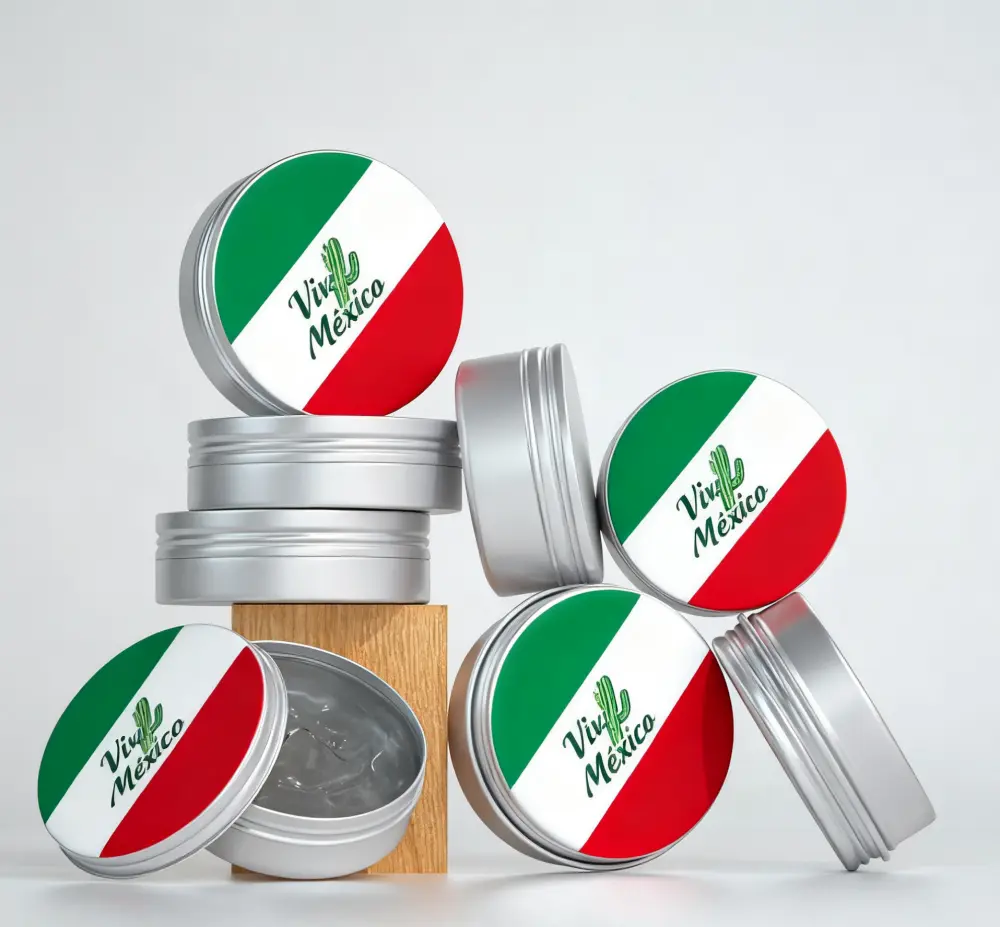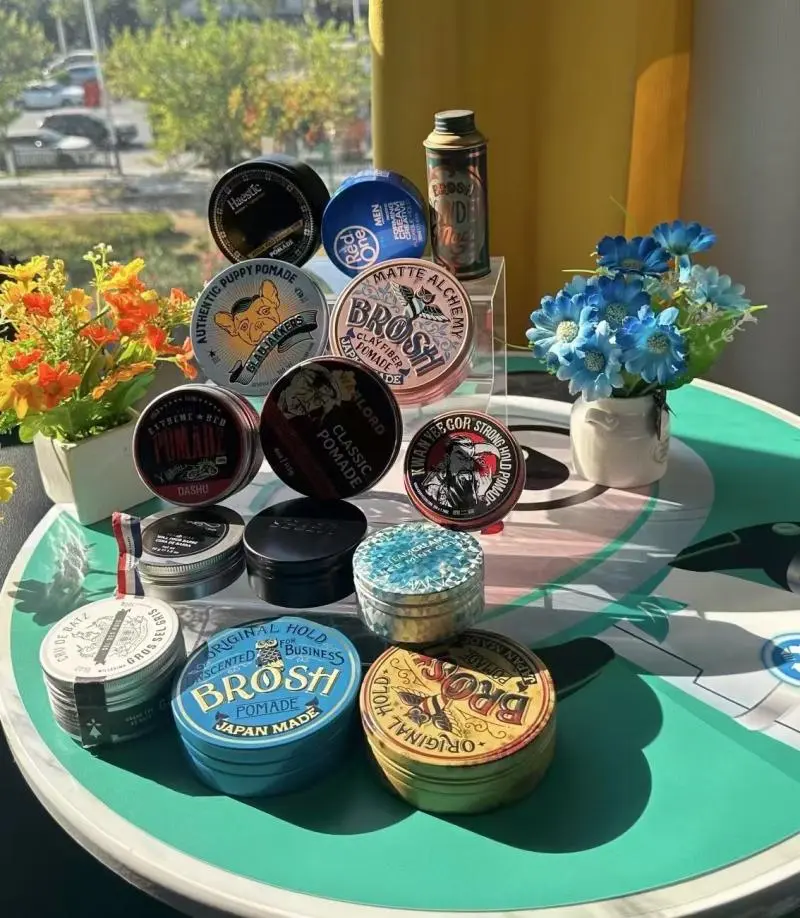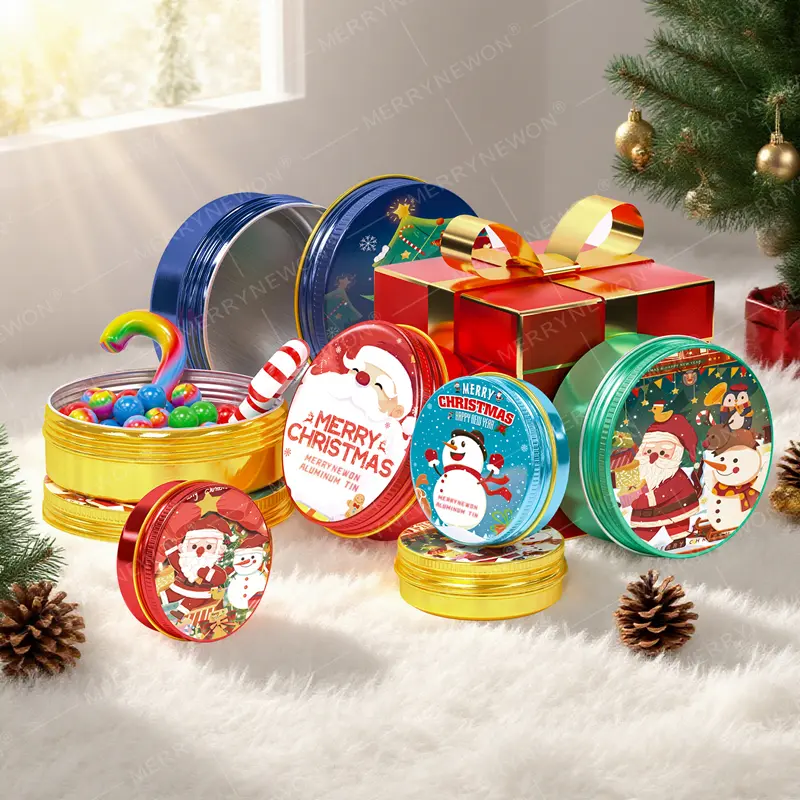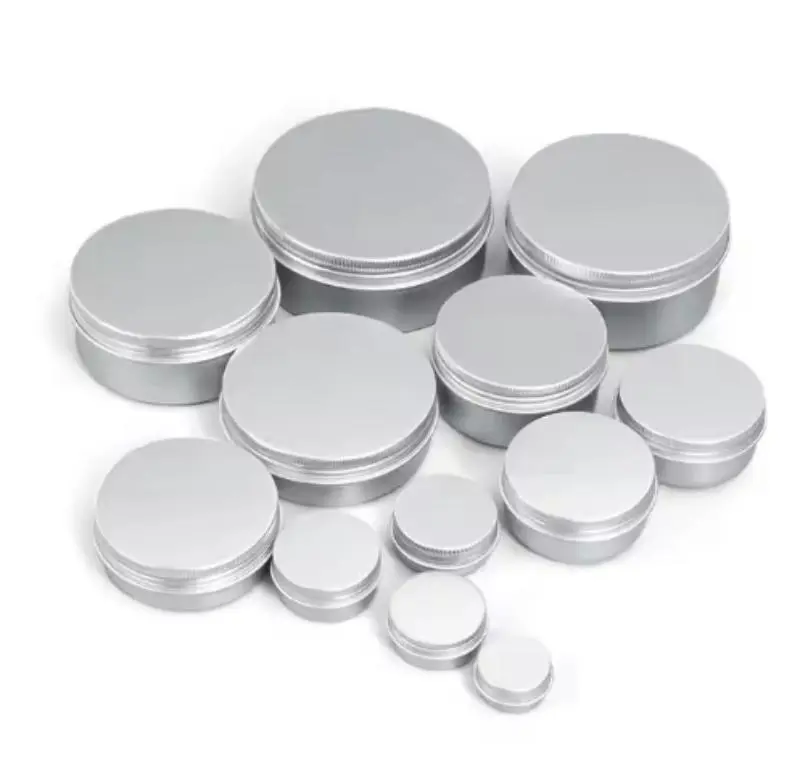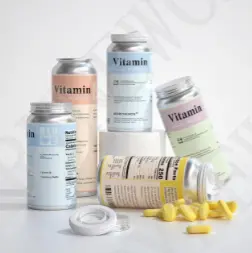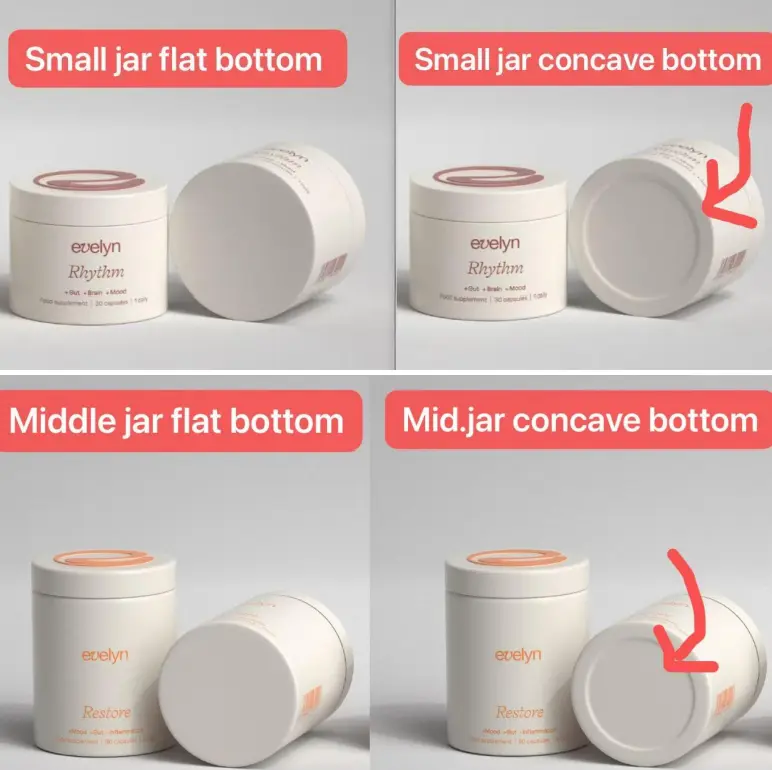 +817089618688
+817089618688 Rising eco-consciousness boosts global aluminum bottle market growth
Growth Drivers for Aluminum Bottle Packaging Industry
With changing consumer preferences for sustainability and material functionality, aluminum is emerging as the material of choice forindustry application in beverage and food packaging due to its recyclability, lightweight properties, and freshness retention.
The aluminum packaging industry witnessed significant growth in 2023, mainly due to increasing demand for beverage aluminum can and packaging foils. According to the data, the total global use of aluminum rolled products in the packaging industry in 2023 exceeded 11.5 million tons. This growth momentum reflects the rising demand for aluminum packaging, especially the shift from traditional plastic and glass materials to the more environmentally friendly, lightweight and easily recyclable aluminum.
Increasing preference for sustainable packaging solutions, rising disposable incomes and accelerating urbanization are key factors contributing to the growth of the aluminum packaging industry. At the same time, technological advancements are also increasing the attractiveness of aluminum packaging.
Demand for aluminum bottle is continuing to rise due to several factors. Firstly, the lightweight nature and high recyclability of aluminum make it an ideal alternative to plastics, amidst the market trend of increasing consumer focus on sustainable and eco-friendly packaging. Particularly in the beverage industry, aluminum bottles not only effectively preserve freshness and extend shelf life, but also lend a high-end appearance.
Aluminum Bottles Market Size and Value
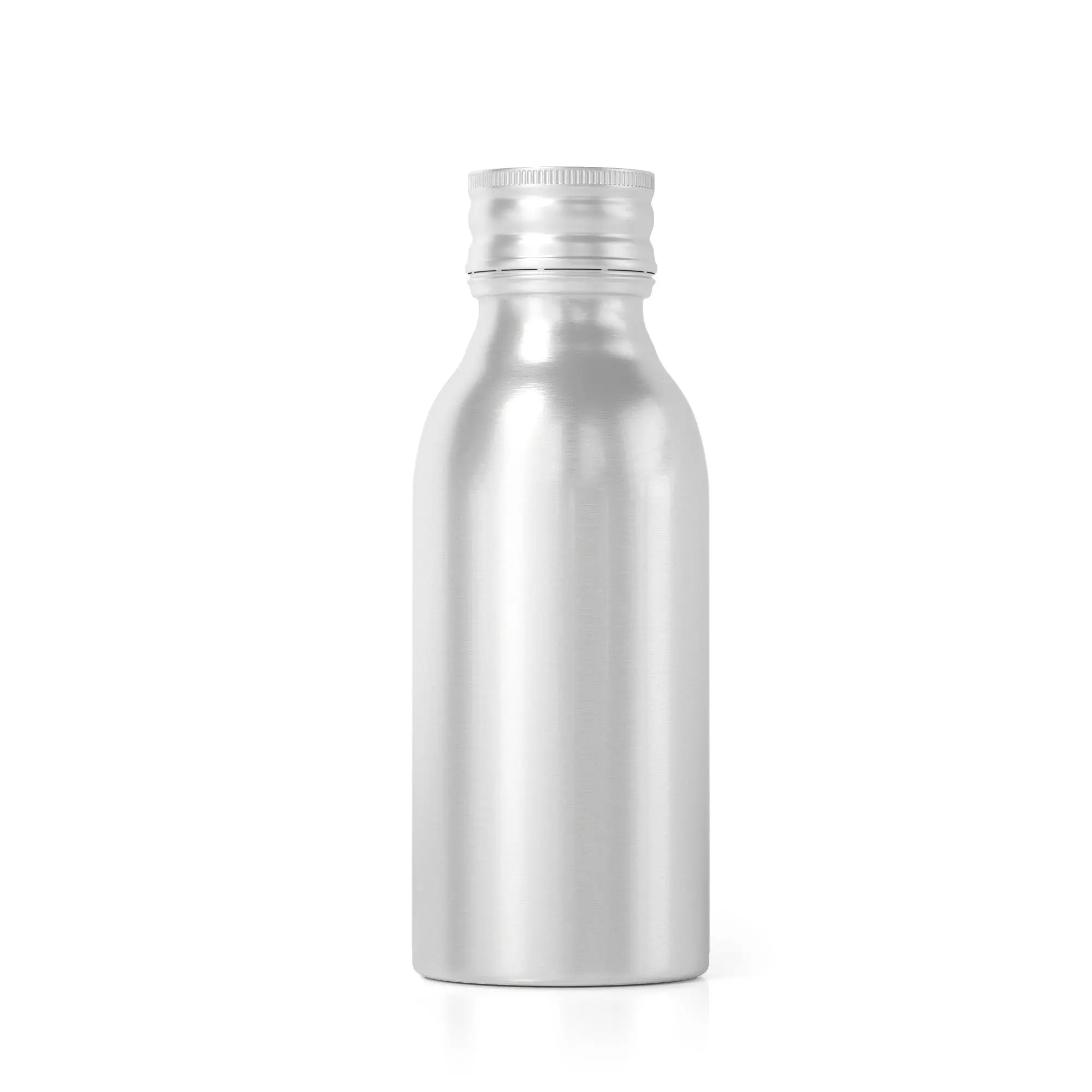
The global aluminum bottles market is estimated to be valued at USD 6.7 billion in 2022 and is expected to reach USD 9.9 billion by 2030, growing at a CAGR of 5%.
The use of aluminum bottles is one of the key initiatives to increase sustainability in the wine industry. As an alternative to disposable glass bottles, aluminum bottles are effective in reducing environmental impact. The demand for aluminum bottles in the beverage industry has also grown significantly, driven primarily by consumer preference for more environmentally friendly packaging options. For example, the Aluminum Bottle With Screw Cap For Beverage has become one of the most popular aluminum bottles among consumers today.

Companies' preference for aluminum bottles is particularly evident in the soft drinks, mineral water and energy drinks markets. The use of aluminum bottles not only reduces a company's carbon footprint, but also enhances its brand image by demonstrating its commitment to environmental protection, thereby standing out in a competitive market.
Aluminum Bottles Market Dynamics and Trends
Aluminum bottles are gaining popularity in the market due to several factors such as sustainability, consumer preference, and industry innovation. With sustainability being a key factor for consumer preference and regulatory measures such as reduction in carbon footprint, the aluminum bottle market is expected to continue to grow in size.
However, the initial production cost of aluminum is higher than plastic. Companies have to weigh the added cost against the long-term benefits of sustainable options. Also the aluminum bottles market faces competition from other sustainable materials such as glass and bioplastics.
The North American market dominates the global market with 40% consumption, benefiting from a mature beverage packaging industry. Europe's consumption is 29%, driven by strong demand for high-end, eco-friendly packaging solutions. Asia-Pacific is expected to see rapid growth, driven by rising disposable incomes and rapid urbanization, with consumption at 21%. Meanwhile, Latin America and the Middle East and Africa (MEA) region present emerging opportunities, expanding the beverage market and increasing consumer demand.
Aluminum bottle technology progress and innovation
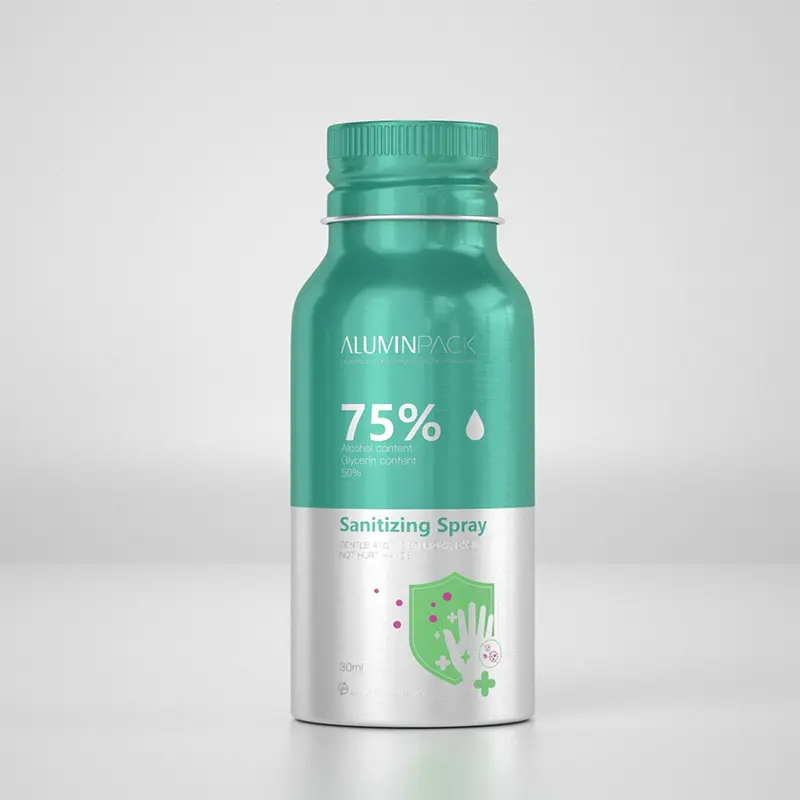
Technological innovation is undoubtedly the core driving force behind the robust growth of the aluminum bottle market in the booming development of the packaging industry. Breakthroughs in new coating technologies and continuous improvements in manufacturing processes have enabled aluminum bottles to maintain their lightweight advantage while significantly improving their durability and freshness retention.
Changes in consumer behavior of aluminum bottles
Changes in consumer behavior is another important factor driving the growth of the aluminum bottle market. With the enhancement of environmental awareness, more and more consumers are willing to pay a premium for environmentally friendly packaging.
The impact of aluminum bottle policies and regulations
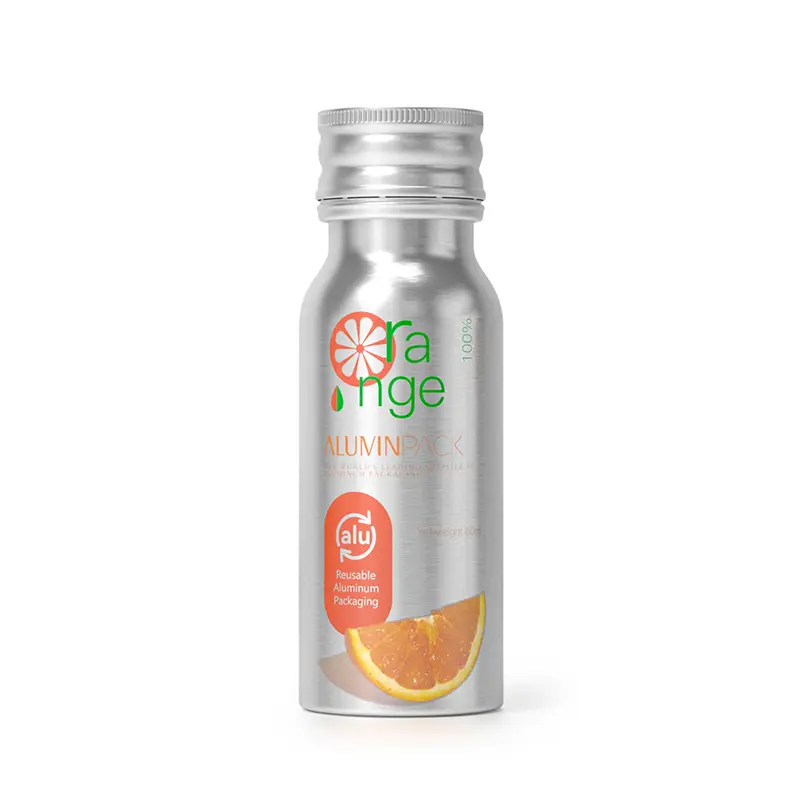
Policies and regulations play an indispensable role in guiding the development of the aluminum bottle market. A series of policies and regulations introduced by governments to reduce plastic pollution, such as the EU's “Plastics Strategy” and China's “Plastic Restriction Order”, are actively promoting the adoption of more environmentally friendly packaging materials.
Conclusion
With the further enhancement of global consumers' environmental awareness and governments' policy support for sustainable packaging, the aluminum bottle market is expected to continue to maintain rapid growth. Companies need to continue to innovate, improve production efficiency and reduce costs of aluminum bottles to cope with market competition and meet consumer demand.
In short, the continued expansion of the aluminum bottle market is not only the result of increased consumer awareness of environmental protection, but also the joint promotion of technological progress, policy support and market demand. In the future, with the application of more innovative technologies and the growth of market demand, aluminum bottles are expected to occupy a more important position in the global packaging market.









